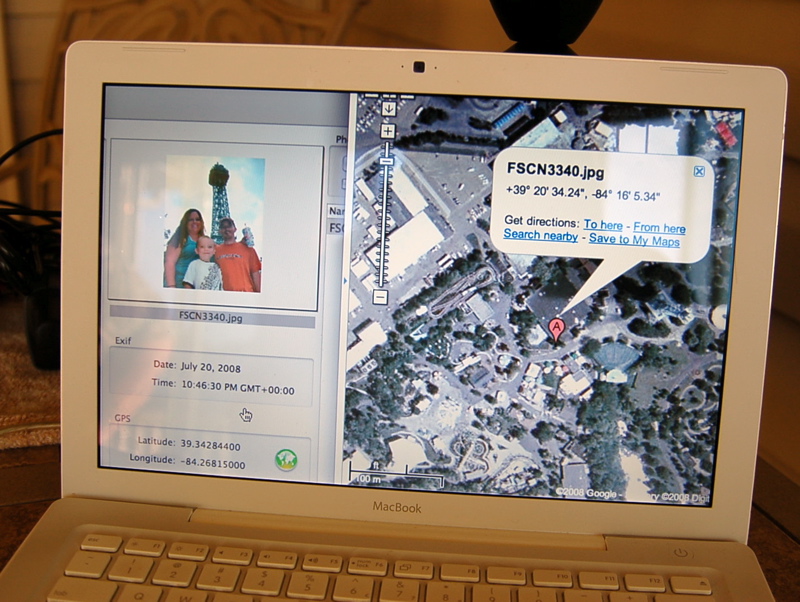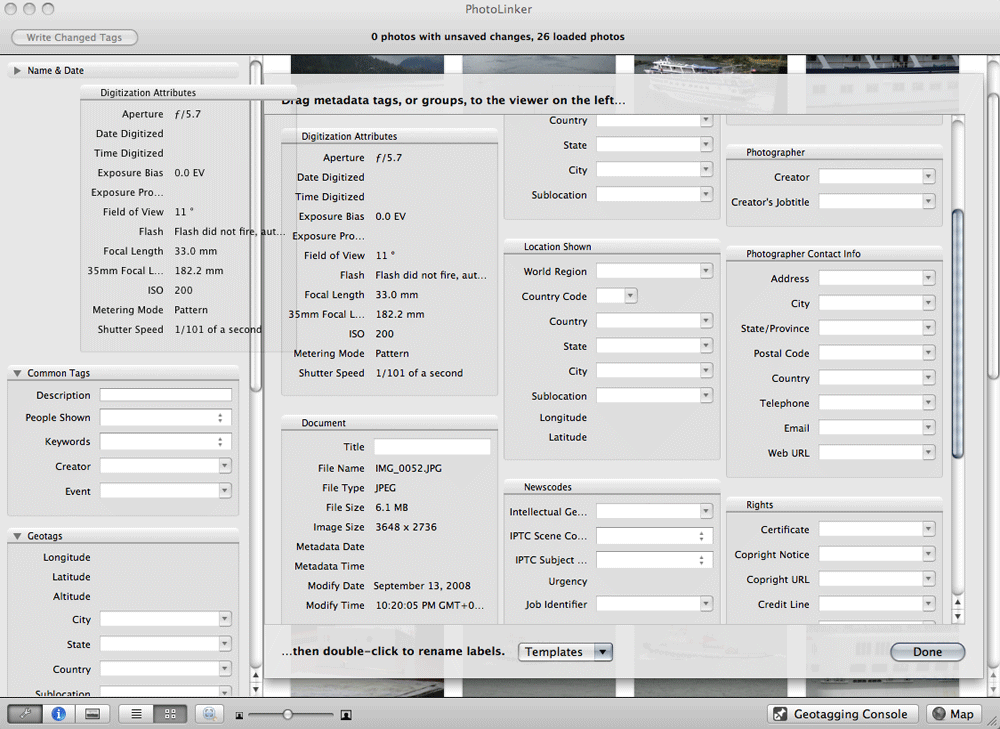


This study implies that the peptide photo-releasing array system will allow the realization of high-throughput cell arrays for cellomics analyses and cell-based phenotypic drug screenings.Īfter the elucidation of genome sequences in various organisms, significant advances in ‘omics’ studies have opened up cellomics research based on cell-based phenotypic assays 1 for studying vital cellular phenomena. Throughout this study, we successfully immobilized peptides via the photo-cleavable linker, released them by UV irradiation spatiotemporally and conducted the cell-toxicity assay. This relative toxicity nearly corresponded to that of ∼10 μ M TMR-KLA-C in solution, and we found that the released peptide concentration per well was ∼10 μ M at 60 min irradiation. All cell types showed ∼25% lowering of viability with the photo-released 5-(and-6)-carboxytetramethylrhodamine (TMR)-GKLAKLAKKLAKLAKKLAKLAKGC (TMR-KLA-C) peptide compared with the non-coated plate. Cell-toxicity assays with this system for three cell types were performed. The immobilized peptide showed no cytotoxicity therefore, the cells could be cultured on the peptide-immobilizing plate from the beginning of the experiment. Immobilization and light-irradiation conditions were optimized. As a result, the cytotoxic behavior of the peptide could be monitored. Once UV light irradiated the desired wells, the peptide was released from the bottom. In this system, a peptide was immobilized on a conventional 96-well plate bottom via a photo-cleavable linker. We constructed a novel peptide-array format system for cellular toxicity analysis.


 0 kommentar(er)
0 kommentar(er)
